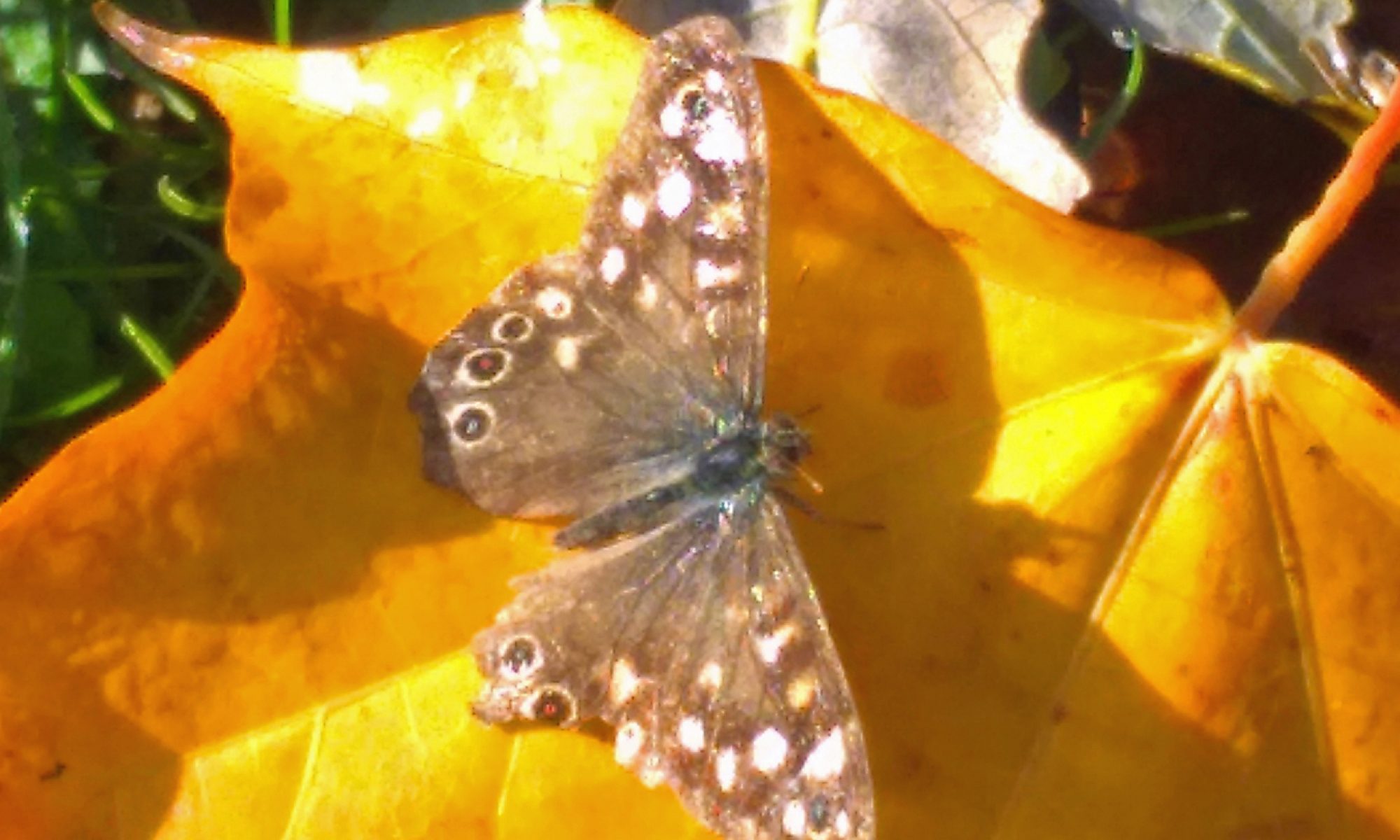What can eat a tree like this?
| Links to the story | Key Stage 2 and 3 programmes of study | Possible learning outcomes | Big ideas |
| What can eat a tree like this? |
KS3 Science: “ask questions and develop a line of enquiry based on observations of the real world, alongside prior knowledge and experience”. “the interdependence of organisms in an ecosystem, including food webs”
|
to appreciate that by co-operating, different species can achieve more than they can on their own. |
flow and recycle life depends on life adventures in time and in space |
Each story begins with an observation that leads to questions. In this story, we were surprised to see the round holes deep in the heart of the tree, which had been standing only the day before. How odd, how did the holes get there, and why?
Questions lead to research and the research leads to the story.
The ash trees, once so beautiful and strong, are weakened by ash dieback disease and provide a space for beetles to breed and raise their young. The ambrosia beetles play a key role in this. They benefit by being carried by the beetles to new sites of infection, where they can feed, grow and reproduce. The abundance of fungal material provides food for the larvae (grubs). Everything in the living world is recycled as the tree provides energy and materials for the growth of the insects and the fungi.
The ash tree, the ash dieback fungus, the beetles and the ambrosia fungi depend upon each other for their survival. If any one species fails to play its role, then the balance is upset. The uncertainty means that the species are having adventures in Nowhere Wood.
Suggested answers to the questions
- We talk in these stories about how energy flows through ecosystems and how atoms are recycled by other organisms. The ash tree, the ash dieback fungus, the beetles and the ambrosia fungi are component parts of an ecosystem. Explain how energy flows through the ecosystem and how atoms are reused.
The beetles feed on the wood of the tree, and the ambrosia fungi feed on sugars and other nutrients carried by the tree (in the xylem and phloem of the wood). The atoms in these nutrients help the beetles and fungi to grow and reproduce. It is an example of recycling.
Energy flows from the sun to the ash tree and then to the fungi and the beetles. Some energy is stored in the faces of the beetles, which could become food for other organisms (such as bacteria?)

